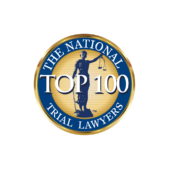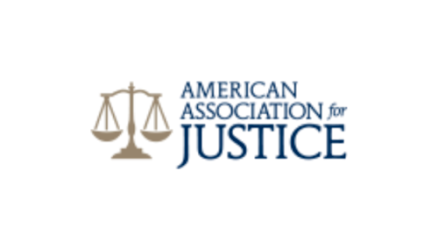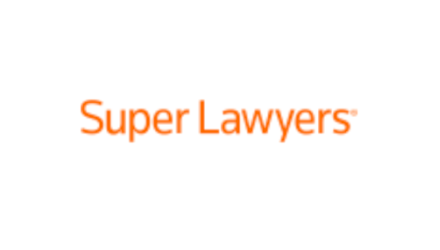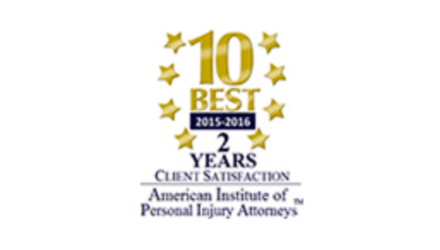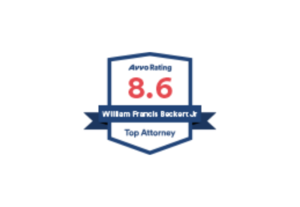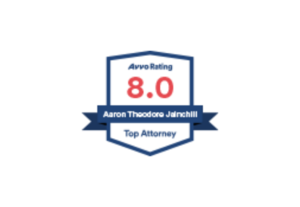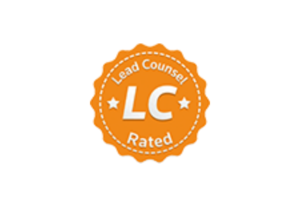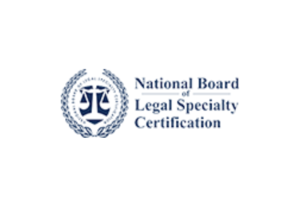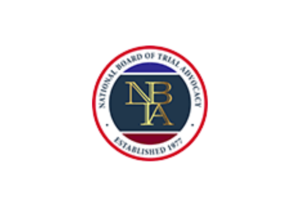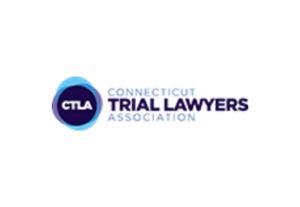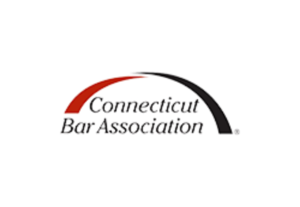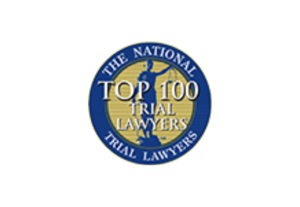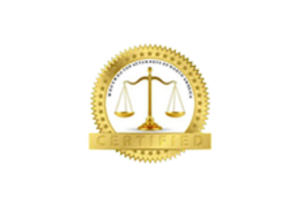
If you’ve recently been in an accident in Connecticut, you may be wondering whether you can pursue a compensation claim even though you may share some of the blame for causing the accident. Connecticut law follows a modified comparative negligence system, which means an accident victim can recover partial compensation from other at-fault parties, adjusted to reflect their own share of fault, which cannot exceed 51 percent. An experienced Connecticut personal injury attorney can help you maximize your compensation by persuasively minimizing your share of fault.
How Does Modified Comparative Negligence Work in Connecticut?
The legal concept of comparative negligence applies when an accident victim is partially responsible for an accident that injured them. Most states allow accident victims to recover damages even if they bear some of the responsibility, but there are exceptions. The two opposing comparative fault systems are contributory negligence and pure comparative negligence, but most states fall somewhere in the middle.
The legal doctrine of contributory negligence holds that an accident victim should not be able to recover compensation if they were at all at fault for the accident. This can have harsh consequences as a victim who is found even one percent at fault for an accident can be barred from recovering any compensation. On the opposite end of the spectrum is pure comparative negligence, which allows accident victims to recover damages even if they are 99 percent at fault for the accident.
Many states, including Connecticut, have adopted a modified comparative fault system. Connecticut’s comparative negligence law states that an accident victim is not barred from recovering compensation for injuries they partially caused, so long as their percentage of fault does not exceed that of other at-fault parties. However, under the modified comparative negligence law, any share of fault that an injured party bears for the accident can reduce their compensation in proportion to their percentage of responsibility.
For example, suppose a person injured in a car accident incurs $100,000 of total damages due to their injuries. The other driver ran through a red light, but the accident victim was speeding a few miles over the speed limit. A jury finds that the injured person bears 25 percent of the fault for causing the accident. As a consequence, the trial court reduces the injured person’s financial recovery by $25,000 to reflect the fault assigned to them.
For another example, suppose the jury instead finds that the injured person is 51 percent at fault for the accident. The court consequently bars that person from recovering any compensation at all, even though other parties bear nearly half of the responsibility for those injuries.
How Is Fault Determined in a Personal Injury Accident?
A party may bear fault in a personal injury case if they negligently, recklessly, or intentionally caused the accident. Negligence occurs when a party breaches a duty of care to take reasonable actions to avoid injuring others, and that breach directly and proximately causes another person’s injuries. Recklessness occurs when a party knowingly disregards a substantial risk that their actions or omissions may cause others to suffer severe injuries.
There are two ways for fault to be determined in personal injury cases. First, insurance companies may investigate and review the facts to assign percentages of fault to everyone involved in the accident. At this point, the insurers might offer an accident victim a settlement figure that reflects the percentage of fault attributed to their policyholder and the fault the insurance adjuster assigned the victim.
If the accident victim and their lawyer believe that the settlement offer is too low, they might take their personal injury claim to trial, where the judge or jury hears the evidence, determines fault, and assigns percentages of fault. What the court finds at trial may or may not align with what the insurance companies decided on their own.
Who Has the Burden of Proof in a Personal Injury Case?
By default, plaintiffs bear the burden of proof in personal injury lawsuits. They are bringing a personal injury case, so they are responsible for showing the other party was at fault and responsible for their damages. A personal injury plaintiff must prove by a preponderance of the evidence (that it is more likely than not) that the defendant’s actions and omissions directly and proximately caused their injuries.
However, a defendant in a personal injury case may raise Connecticut’s modified comparative negligence rule as a defense to reduce or eliminate their liability for the plaintiff’s injuries. They can present evidence to try to shift blame onto the plaintiff to try to eliminate or reduce their financial responsibility.
What Evidence Can Prove the Other Party Is at Fault?
Compelling evidence can help you prove that another party bears all the fault for the accident that injured you or fight back if the other party argues that you share responsibility for causing the accident. Examples of evidence you might use to build a personal injury case include:
- Police crash reports
- Business or property owner accident reports
- Accident scene photos
- Eyewitness testimony
- Surveillance camera footage
- Maintenance or repair records
- Cell phone records
- Event data recorder (“black box”) logs
- Medical records
- Staffing records
- Accident reconstruction, engineering, or medical expert reports and testimony
What Can I Do to Maximize My Personal Injury Compensation?
Taking prompt action after an accident can help you maximize your financial recovery. Here are some ways you can do that:
- Report the accident to law enforcement authorities or other appropriate parties (such as a business or property owner for an accident on their premises).
- Seek immediate medical attention and follow your physician’s treatment plan and recovery instructions.
- Obtain copies of your medical records and any accident/incident reports.
- Avoid saying anything that may sound like an admission of fault, such as “I’m sorry” or “I didn’t see you.”
- Refrain from giving a recorded statement to the insurance company since an insurer may try to misconstrue your statements to blame you for the accident.
- Avoid discussing the accident or your injuries on social media (even in private messages) and from posting photos/videos of yourself while rehabbing, as insurers can use this to undermine your case.
- Keep all medical bills, invoices, and receipts for a rental car or other expenses you incur as part of your recovery to prove your actual damages.
- Gather copies of your pay stubs or income statements to calculate your lost income and earning capacity if you miss work or cannot return to your pre-accident job.
- Only sign documents from the insurance company once an attorney reviews them.
Finally, contact the legal team at Jainchill & Beckert, LLC as soon as possible. That way, you benefit from an experienced legal advocate who can protect your rights and interests if the opposing party or insurance company shifts the blame for the accident to you.
Contact a Connecticut Personal Injury Lawyer
If you’ve suffered injuries in an accident that you and another party share responsibility for, you may still have the right to seek financial recovery for your harm and loss. Contact Jainchill & Beckert, LLC today for a free, no-obligation consultation with our personal injury law firm to discuss your legal options for pursuing compensation under the modified comparative fault system.


